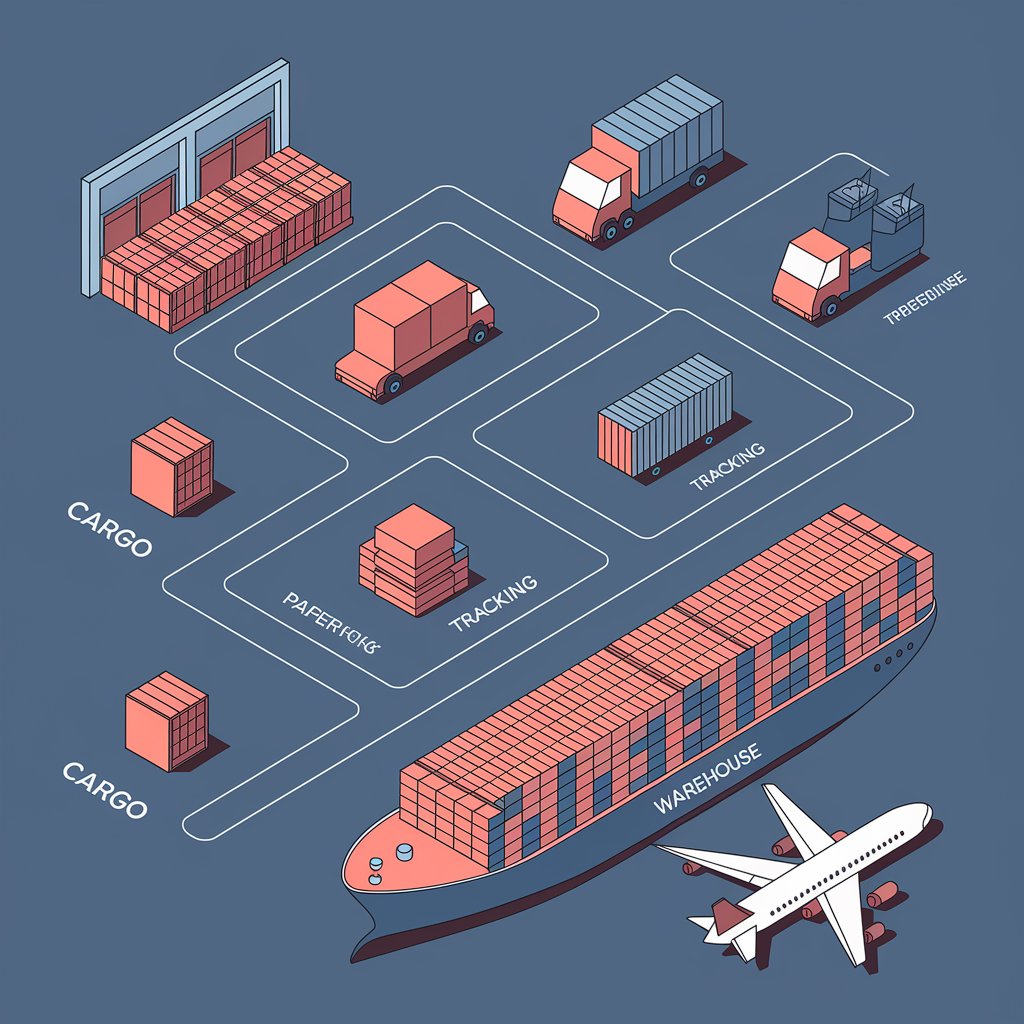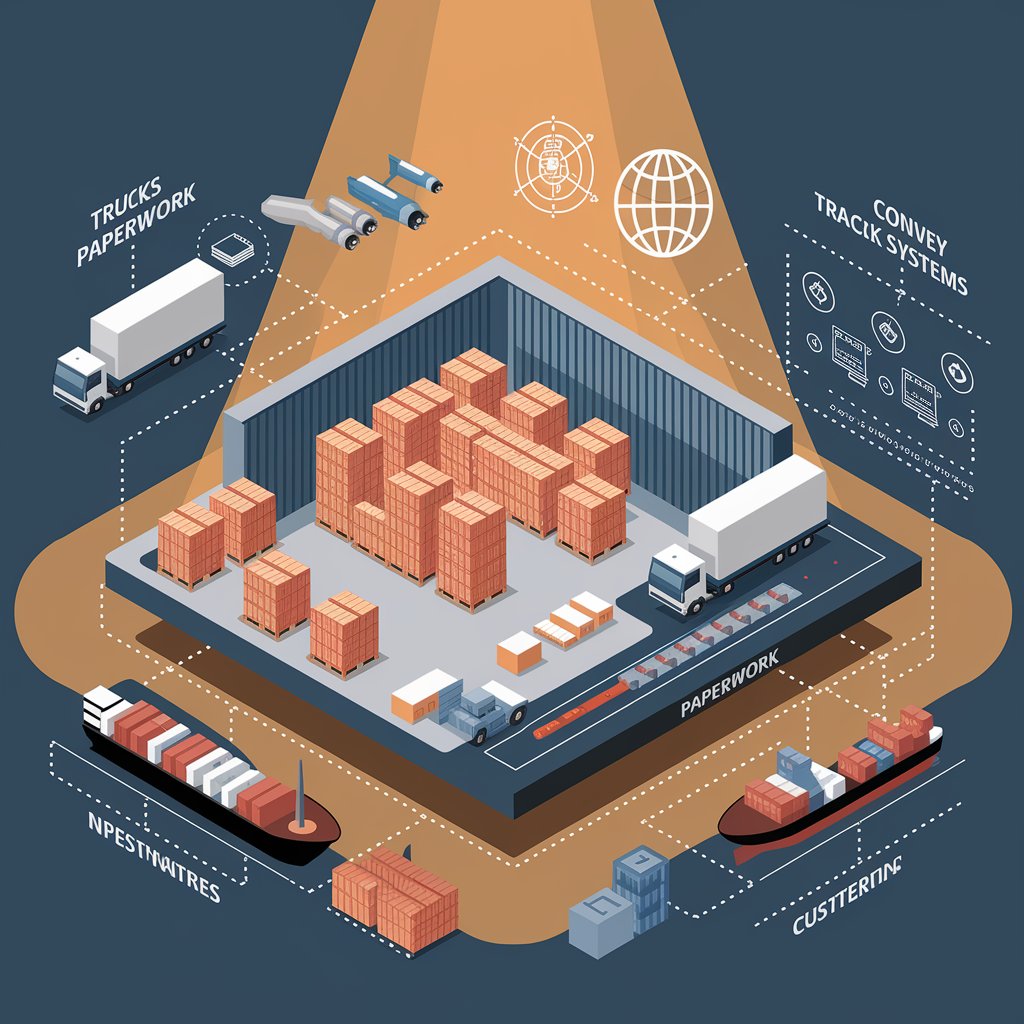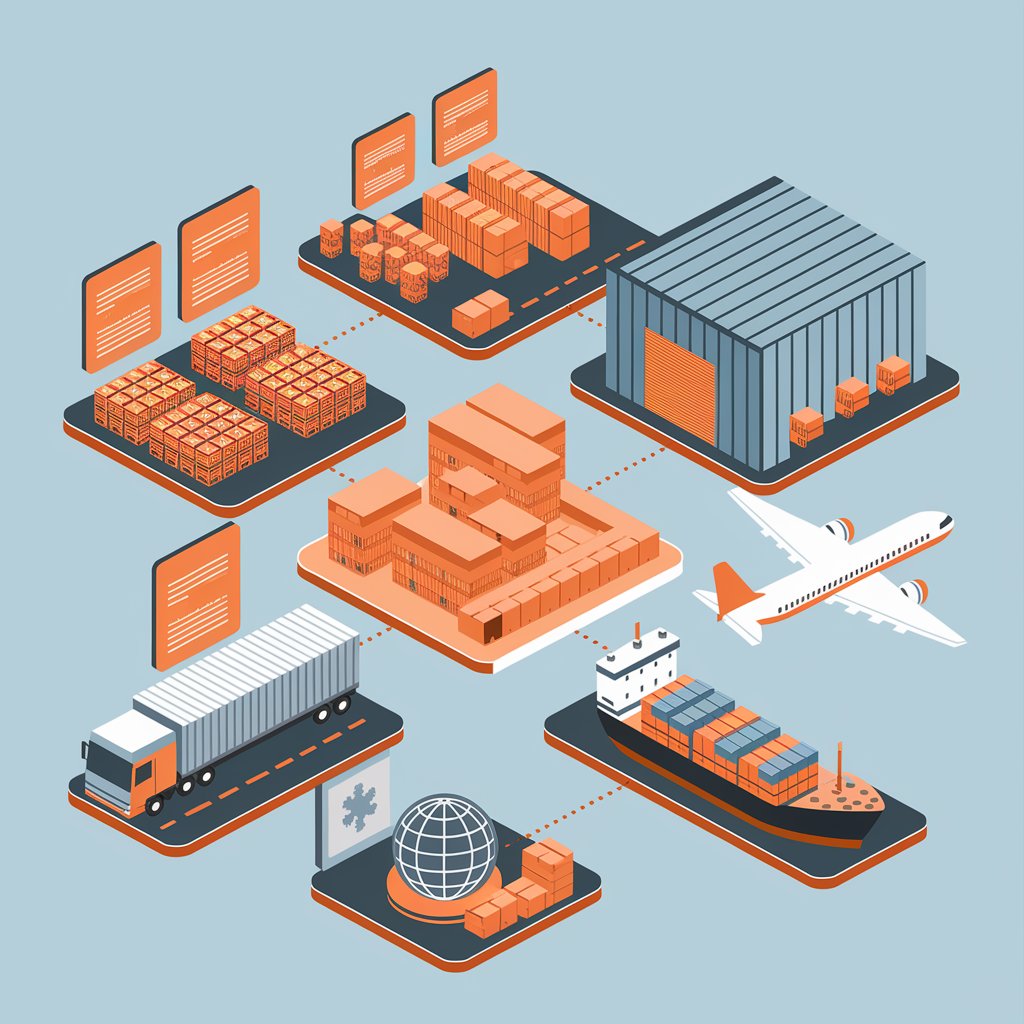Shipping Goods: The Complete Guide to Moving Freight Efficiently
In this guide, we’ll break down the essentials of shipping goods, explore best practices, and show you how to optimize every stage of the process.

🚚 What Does “Shipping Goods” Mean?
Shipping goods refers to the process of transporting physical products from one location to another—locally, nationally, or internationally—using various modes of transportation:
- 🚢 Ocean freight for international, large-volume cargo
- ✈️ Air freight for fast and lightweight shipments
- 🚛 Truck freight (LTL or FTL) for inland delivery
- 🚂 Rail freight for bulk or long-distance cargo within a continent
The process includes packaging, labeling, documentation, carrier selection, and delivery confirmation.
🔁 The Shipping Process Step-by-Step
- Product Packaging
📦 Use pallets, crates, or boxes depending on the cargo type. - Labeling & Documentation
🧾 Includes B/L (Bill of Lading), invoice, packing list, and HS codes. - Carrier Booking
🔍 Choose based on speed, cost, cargo type, and destination. - Pickup & Transit
🚛 Goods are collected and begin the journey by truck, ship, or plane. - Customs Clearance (if international)
🌐 Includes duties, tariffs, and inspection if required.
Final Delivery
📬 Delivered to the consignee or customer via last-mile logistics.

📦 Modes of Shipping Goods
Mode | Best For | Delivery Time | Cost |
🚢 Ocean | Bulk goods, containers | 2–8 weeks | Low |
✈️ Air | Urgent or high-value items | 1–5 days | High |
🚛 Truck (FTL) | Full truckload shipments | 1–7 days | Moderate |
🚛 Truck (LTL) | Small pallet shipments | 2–8 days | Affordable |
🚂 Rail | Domestic heavy freight | 3–10 days | Cost-efficient |
Choosing the right method depends on cost, time, and cargo characteristics.
🚚 What Does “Shipping Goods” Mean?
Shipping goods refers to the process of transporting physical products from one location to another—locally, nationally, or internationally—using various modes of transportation:
- 🚢 Ocean freight for international, large-volume cargo
- ✈️ Air freight for fast and lightweight shipments
- 🚛 Truck freight (LTL or FTL) for inland delivery
- 🚂 Rail freight for bulk or long-distance cargo within a continent
The process includes packaging, labeling, documentation, carrier selection, and delivery confirmation.

📑 Required Documents for Shipping Goods
- Bill of Lading (B/L) – Proof of shipment
- Commercial Invoice – Item value declaration
- Packing List – Breakdown of contents
- Customs Declaration (for international)
- Certificate of Origin – If required for duty exemptions
These documents are essential for customs, insurance, and proof of delivery.
🧰 Tools That Help When Shipping Goods
Modern shipping relies heavily on tech tools:
- 📲 Freight Management Systems (FMS)
- 📦 Inventory & Warehouse Software
- 📍 Shipment Tracking Platforms
- 🧾 Automated Document Generation Tools
- 📊 Rate Comparison Engines
Popular platforms include Linbis, Flexport, Freightos, and uShip.

💡 Tips to Ship Goods Efficiently
✅ Plan ahead – Especially for international or seasonal cargo
✅ Compare carriers – Use rate management tools
✅ Understand Incoterms – Know who’s responsible at each stage
✅ Insure your cargo – Protect against damage or loss
✅ Track in real time – Provide customers with visibility
Every dollar saved on freight adds up over time—and good shipping builds long-term trust.
🌱 Sustainable Shipping Options
As environmental concerns grow, consider these:
- 🌍 Use eco-friendly packaging
- 📉 Ship in full containers or trucks to reduce emissions
- 🔋 Partner with carriers using electric fleets or green fuels
- 🌱 Offset carbon emissions via certified programs
Sustainability matters to clients—and to the planet. 🌎
🏁 Final Thoughts
Whether you’re sending one pallet or a full container, shipping goods is a core part of doing business in the global economy. The right preparation, technology, and strategy can mean the difference between a smooth delivery and costly delays.
📦 Ready to simplify your shipping process? The tools are out there—and now you know where to start.
